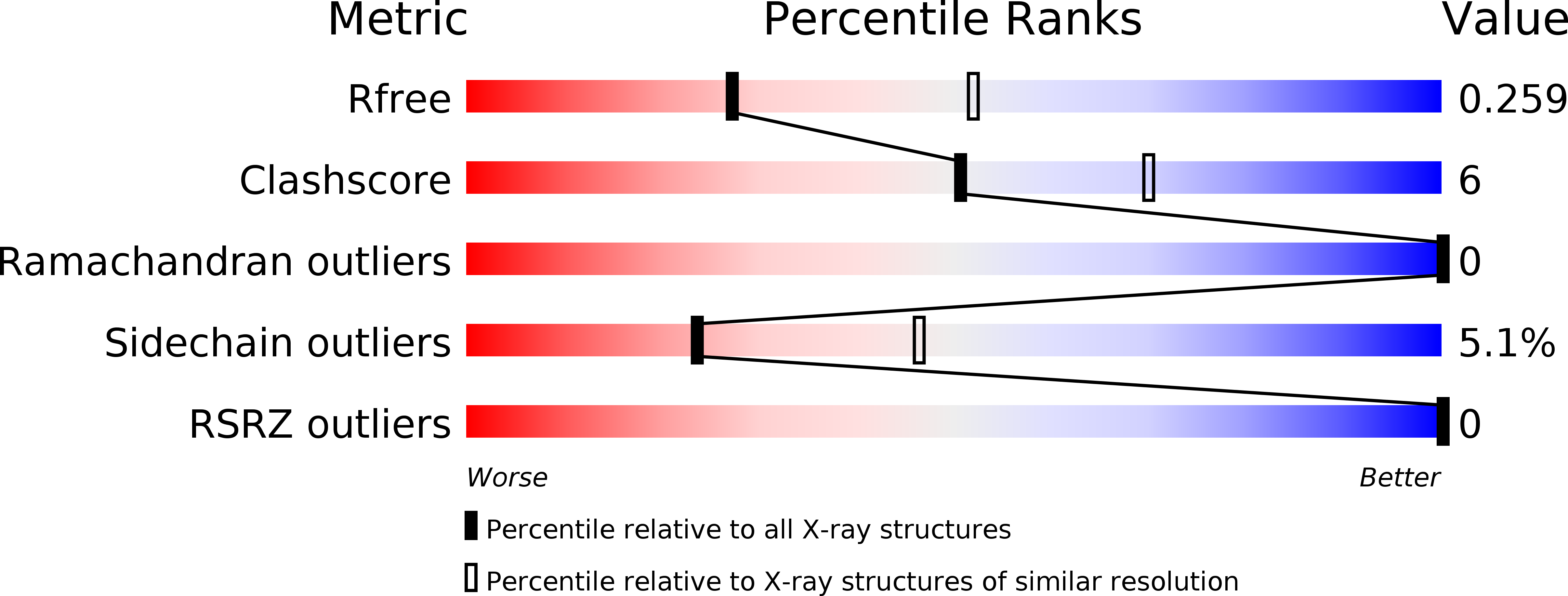
Deposition Date
2014-04-29
Release Date
2015-06-24
Last Version Date
2024-11-06
Entry Detail
Biological Source:
Source Organism:
Aequorea victoria (Taxon ID: 6100)
Vicugna pacos (Taxon ID: 30538)
Vicugna pacos (Taxon ID: 30538)
Host Organism:
Method Details:
Experimental Method:
Resolution:
2.60 Å
R-Value Free:
0.25
R-Value Work:
0.19
R-Value Observed:
0.20
Space Group:
P 41 21 2


